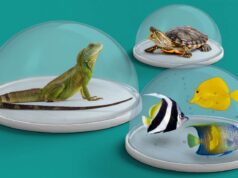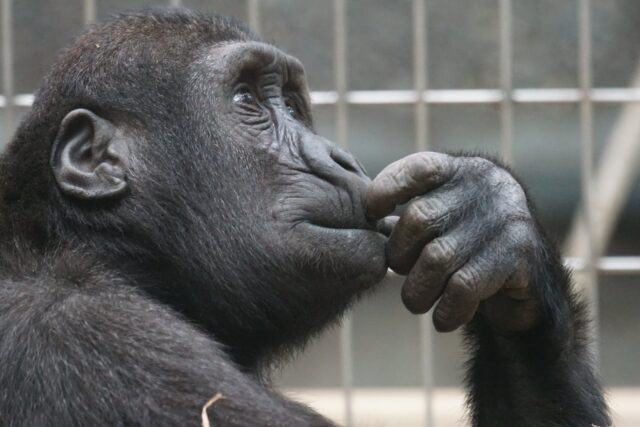
We tend to think of ourselves as the smartest animals on Earth, after all we’ve built such technological wonders as the Internet, the internal combustion engine, and Rachel McAdams.
But what we too often forget is some of our animal brethren have highly evolved memories that have been integral to their survival for millions of years. And while we might still be top dog, here are some animals that put our memories to shame. Animals like…
5. The Chimpanzee Can Out-Number You
Long derided as the least great of the great apes, chimpanzees were often cast by Hollywood as cheap, chain-smoking alternatives to their higher-billed orangutangian cousins; essentially making them the James Franco of the primate world. But much like James Franco, their stupid grins and feces-flinging lifestyles belie a deeper intelligence, because when it comes to numbers, chimpanzees make us humans look like a common James Francos.
This dude is taking a beating in this article, but in our defense, we had to sit through the Oscars.
In a Kyoto University study, chimps were taught to count from 1 to 9 and then pitted against humans, who we assume were already pretty comfortable with numerals. Each of the subjects was shown the positions of several scattered numbers on a computer screen. The numbers were then covered and the subjects were required to identify the position of each number in order (putting us at Weirdworm at a distinct disadvantage due to our crippling inability to list numbers in any order but descending). The chimpanzees in the study consistently outperformed the human participants, which isn’t much of a surprise considering the humans we know.
More amazingly, their performance did not decrease when the memorization time was decreased, meaning the chimps were memorizing all of the numbers almost instantaneously. Scientists attribute this impressive display of working memory to “eidetic imagery,” or what is commonly known as “photographic memory.”
Meanwhile, the human subjects exhibited a decline in performance with the decrease in memorization time–“the shorter the duration became, the worse their accuracy was” explained one disheartened scientist, who was then beaten and ridiculed by his new chimp overlords.
4. Sea Lions Possess Incredible Long-Term Memory
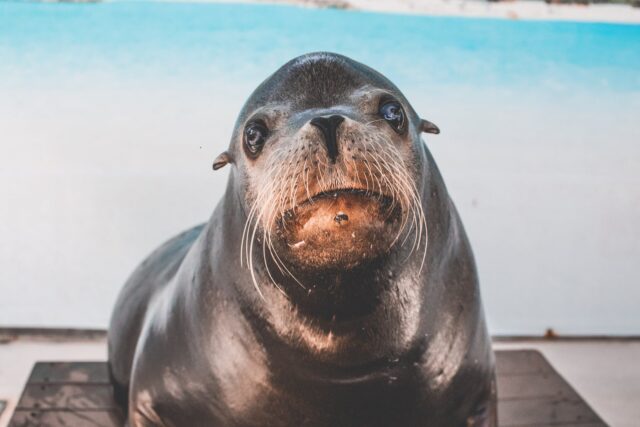
Categorized by scientists as the second friendliest lion, coming in well ahead of the land lion, but just behind the dandelion, the sea lion is usually characterized as a lovable scamp that will do just about anything for a couple of raw fish and a cool, wet place to rest its head. But while trainers have spent years teaching sea lions cheap parlor tricks, they have also discovered that these creatures have an amazing long-term memory, which will be exploited in order to teach them more cheap parlor tricks.
Scientists at the University of California, Santa Cruz were able to teach a sea lion named Rio the concept of “sameness.” The scientist showed Rio a symbol and then showed her one card with the same symbol and one with a different one. If she correctly identified the same symbol, she was rewarded with a fish, which she would eat with all the tear-filled shame you would expect from a sea lion that’s given up her last shred of dignity. This level of advanced cognitive functioning is impressive in itself, but Rio’s biggest feat would come a decade later.
After 10 years, Rio was given a similar test, only this time it used numbers and letters instead of symbols. She was able to identify the numbers and letters that were the same, despite the fact that she had not performed the trick again at any point in the last 10 years. This is the longest known retention period of any animal species and is all the more impressive due to the 25-year lifespan of the sea lion. It’s like you remembering a math problem you did once 40 years ago, which judging by the average age of our readers, would literally be impossible.
“The year was 1971, Nixon was president, the free love of the ‘60s was over, and I sat down to calculate 367 divided by 593.”
Scientists believe that this memory serves to help sea lions identify prey that they may only encounter once every few years. However, we believe that the biggest effect of these findings will be more bang for your buck the next time you pay to have these down-and-out wretches perform for you.
3. An Elephant Can Keep Track of Its Entire Family at All Times
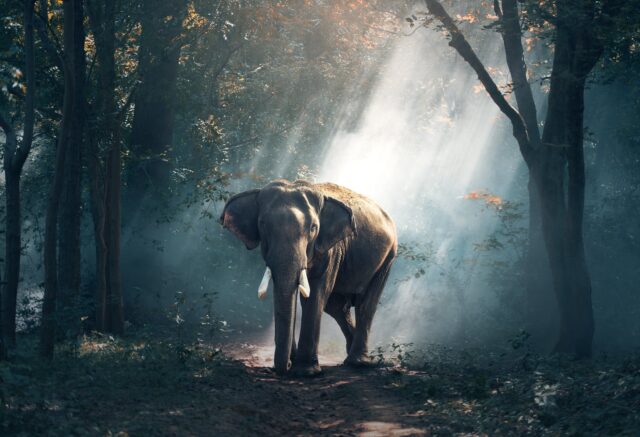
If you’ve ever been a camp counselor, you know how hard it is to keep track of 20 kids across the vast expanse of jungle that is an amusement park. And you also know how easy it is to “accidentally” lose a kid on the log ride. But while 19 out of 20 may seem like a pretty commendable score to you, the eventual police report and yearly phone calls from Timothy’s parents accusing you of taking their child from them will prove to be more than burdensome. Luckily elephants (outside of maybe the Elephant Man) never have this problem.
Elephants can keep track of the whereabouts of up to 30 family members, regardless of their distance or direction. They accomplish this incredible task by creating a mental map that locates the position of each family member, even if some are separated from the rest of the pachydermal herd. This allows the elephants to freely break up into smaller groups while foraging for food or socializing, all without the fear of missing the bus back to Camp Yeshiva.
To keep the maps accurate, elephants constantly update them using new information gathered with their keen sense of smell. Whenever they encounter the scent of another elephant’s urine, they identify the elephant and update its position, deleting the old record. This enables them to devote a sizable portion of their working memory to maintaining these expansive mental maps.
In an effort to test the maps, and presumably totally fuck with the elephants, scientists gathered urine samples from other elephants and presented them to their relatives. When the samples were from elephants who were far away, or had not yet passed by the area, the elephants reacted with surprise, though we aren’t sure if they were shocked by the conflicting positional data or the sight of a pathetic, urine-soaked scientist.
2. The Octopus Can Adjust Its Memories
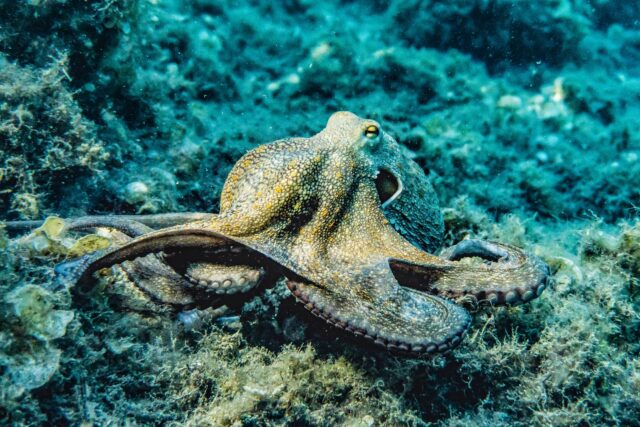
Octopi are better than us at a lot of things: fitting through one-inch holes, scouring the ocean for shellfish, predicting the outcomes of football matches, and playing 4 tiny violins; but complex memory forming? That’s usually left to us vertebrated folk.
But that is exactly why the octopus’ memory is so impressive. Unlike other invertebrates, the octopus has a developed short-term memory and long-term memory, collectively powered by half a billion neurons. That’s up to 25,000 times more neurons than its pathetic spineless brethren.
While humans also possess a complex short- and long-term memory, highly adapted for performing intricate tasks and repressing childhood trauma, the octopus is unique because its short-term memory is directly attached to its long-term memory via a structure known as the vertical lobe; which looks just like a horizontal lobe, but turned on its side. In times of high stress, where learning quickly could mean survival, the short-term memory can be substantially enhanced by the long-term memory center through the vertical lobe, transforming the octopus from lumbering beast into shifty genius.
Imagine being able to ratchet up your memory whenever you were under stress. You would be the greatest eye witness in history, you could perform well in every intelligence test, and you would remember every curve and nip – in vivid detail – when you “accidentally” walk into the girl’s locker room. And if memories of mammaries wasn’t enough, each of the octopus’ legs has its own memory, allowing it to react to stimuli and act semi-autonomously.
With all their awesome powers, we’re pretty sure Mega Shark vs Regular Octopus would have been a fair fight
1. The Clark’s Nutcracker is Fucking Amazing
With a name like the Clark’s Nutcracker, you know at least two things are true; the bird cracks a lot of nuts, and some guy named Clark wanted to get in on that. But what this bird lacks in a decent, non-candy bar name, it more than makes up for with its amazing memory. While other animals can make you look stupid by remembering 9 digits or 30 family members, this unassuming little bird is able to remember the exact location of up to 33,000 pine nuts.
In case you are unclear how insane that is, here is a picture of what 32,999 Long Island hookers look like (we forgot where we put the other one)
What’s more incredible is that they hide the nuts in the fall and uncover them during the winter, when everything is blanketed by a thick layer of snow. This would be like you hiding thousands and thousands of items around your neighborhood then covering the entire city with a blanket and trying to find them.
The Clark’s Nutcracker is able to accomplish this winter gorging through the use of a sophisticated spatial memory, which allows it to recall landmarks, such as trees, to pinpoint the locations of several thousand caches in a 15-mile area. This means they not only have a better memory than you, but they’re also much less lazy than you.
We’re guessing they have a keen eyesight too because there is no way our eyes can tell all these “landmarks” apart
And if that’s not enough, the Clark’s Nutcracker’s hippocampus, the part of the brain associated with spatial memory, continues to produce neurons into adulthood. So while your memory just fades with age, the bird’s is just getting better.

